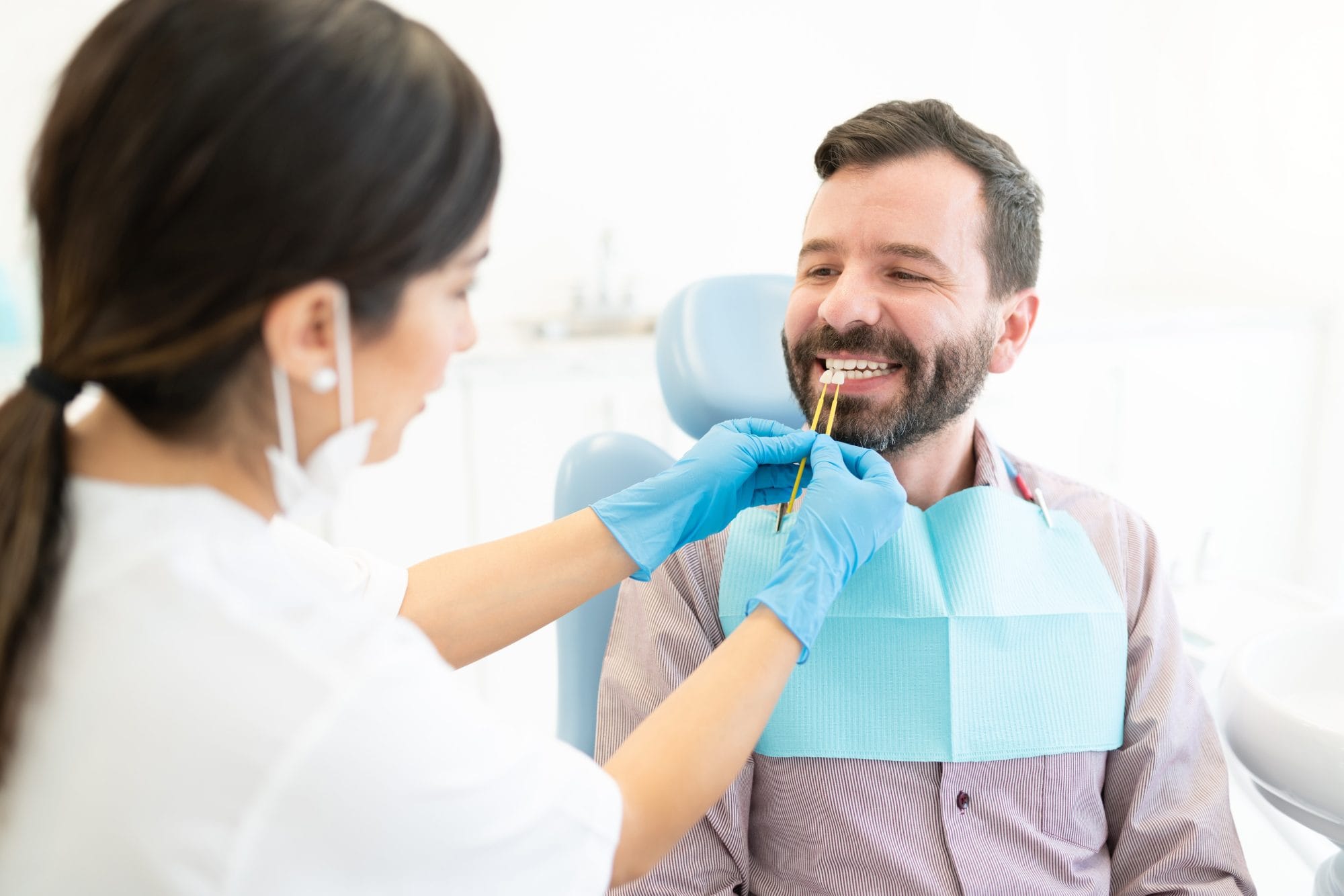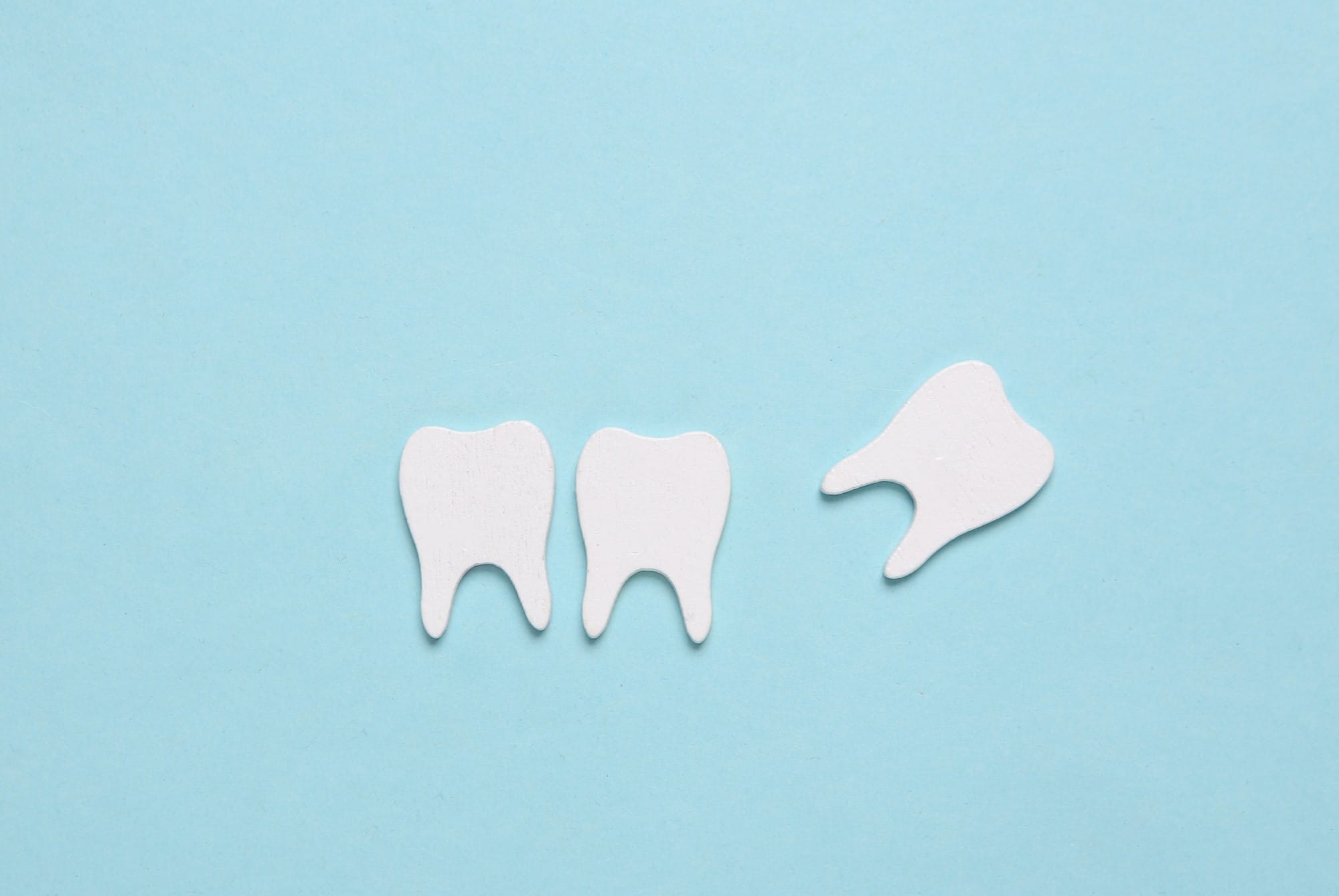Ever wondered how much radiation is in dental x-rays? How often should you have them taken? Why do dentists want to take them?
We always try to minimize the radiation exposure for all of our patients. Radiation from dental x-rays varies depending on the type of equipment your dentist uses. In our clinic, we have the most up to date digital x-ray sensors which allow us to lower your radiation dose by almost 90%. X-ray frequency is tailored individually based on symptoms a patient may be having, and their risk for cavities and gum disease.
The most common dental x-rays taken are called Bitewings. These are taken every 1-2 years based on a patients risk. These x-rays allow us to look between the back teeth for cavities (we are often unable to see a cavity between two teeth until it is fairly large), look around and underneath old restorations, as well as check for any bone loss. The standard is to take 2 bitewing x-rays on each side, 4 in total. However, for children or for adults with small mouths, usually only one on each side is necessary.
At our clinic we use Schick 33 digital x-ray sensors which allow us to combine excellent image quality with the lowest possible dosage. Each of these x-rays is about 2 microsieverts of radiation. This is the equivalent of eating 20 bananas or just 1 day of background radiation.
The other x-ray commonly taken in dentistry is called a Panorex. This x-ray shows all of the teeth, upper and lower jaws, sinuses, and TM joints. This one is often taken to look at impacted wisdom teeth, to look for any pathology (such as abscesses, cysts), orthodontic assessments, dental implant assessments, trauma etc. In our clinic we have the Orthophos XG3 Panorex. The amount of radiation from a panorex with this machine is approximately 7 microsieverts, the equivalent of one day of background radiation.
The last type of x-ray commonly taken in dentistry is called a Periapical X-ray. This type of image is a detailed image of 2-3 teeth only. Unlike a Bitewing x-ray, a periapical also shows the root of the tooth which allows us to check if there is an abscess forming, or if a root canal was done properly. We often take these if someone has a toothache. One of these images is approximately 2 microsieverts of radiation.
For your reference, we average about 10 microsieverts/month of radiation from smart phones, microwaves, lamps and watches!
We hope you found this information useful. Please let us know if you have any questions or comments below!



